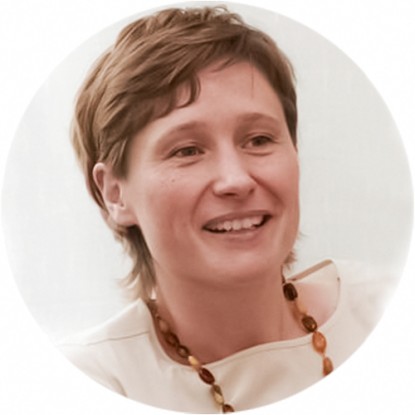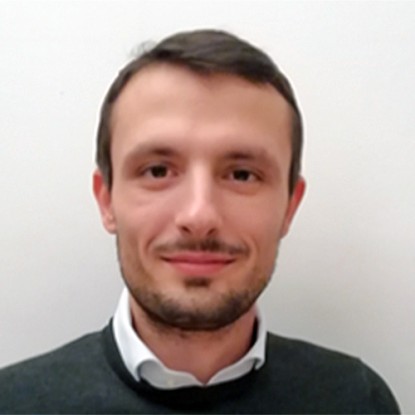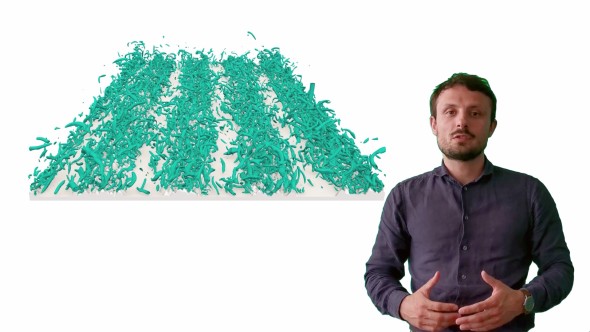Team
| Name | Contact | |
|---|---|---|

Picture: KIT
| Prof. Dr.-Ing. Bettina Frohnapfel | frohnapfel@kit.edu +49 721 608 42368 |

| Dr.-Ing. Davide Gatti | davide gatti@kit edu +49 721 608 42368 |

Picture: KIT
| Francesco Secchi M.Sc. | francesco.secchi@kit.edu +49 721 608-43027 |

| Jonathan Schmitt M.Sc. | jonathan.schmitt@kit.edu |
Motivation
Transport of heat and species near solid walls is of central importance in various industrial applications including those in the focus of the present Collaborative Research Centre. Presence of a solid wall particularly adds to the complexity of the problem as it imposes different types of boundary conditions for different transported variables (Dirichlet or mixed boundary condition for temperature and Neumann for species). Subproject B02 aims at using high fidelity Direct Numerical Simulations (DNS) to shed light on these complexities by studying a canonical but highly relevant flow configuration – impingement of two parallel jets on a solid wall. The jets can possess different temperatures and concentrations of species, what leads to wall-parallel gradients in the near wall region that is required for the purpose of this study. Effect of surface roughness in the impingement area is also a central topic in this subproject.
Objectives
DNS provides an absolute access to the details of flow, thermal and concentration fields that is nearly impossible to achieve in experiments. Also use of DNS makes possible studying extreme cases that are too costly for experimental studies. In view of the above, by using DNS two main goals are followed in this subproject:
1) studying the detailed physics of a problem in a wide parameter range,
2) providing unique data for development of engineering models in other subprojects.
Previous Findings
In the first project period, this subproject was focused on momentum and heat transfer in flows over rough walls. To this end, DNS results based on a canonical plane channel flow configuration were employed to study the effect of roughness morphology on the near wall momentum and heat transfer and, specifically, to characterize roughness due to combustion chamber deposits.
Sample instantaneous inner scaled velocity field out of DNS in a channel over roughness elements. The exact roughness geometry is resolved using the Immersed Boundary Method. Friction Reynolds number equals 500; x, y and h0 denote streamwise direction, wall-normal direction and channel half height, respectively.
Approach
Spectral Element Navier Stokes solver NEK5000 will be used in this research. Spectral Element Method (SEM) combines the high accuracy of spectral schemes with a much higher geometrical flexibility compared to the widely used pseudo-spectral codes. Low-Mach number approximation will be employed to take into account the variation of thermophysical properties with temperature. In this subproject the problem will be solved for non-reactive scalars. To mimic the realistic inflow conditions in the parallel experiments, a Synthetic Eddy Method (SyEM) will be implemented that makes possible generation of anisotropic turbulent inflow.
Cooperations
This subproject closely cooperates with subproject A06N (twin experiments) on cross-validation of the results and with subproject B03 (hybrid RANS/VLES simulations) – on delivery of turbulence statistics required for model-adjustment and also on the development of the SyEM.
In addition, the present subproject supports subprojects B04, C03, C03, B06 and B07 by delivering DNS data required for development of models and understanding of the physical mechanisms.



